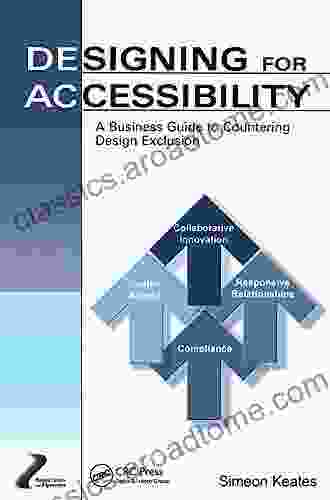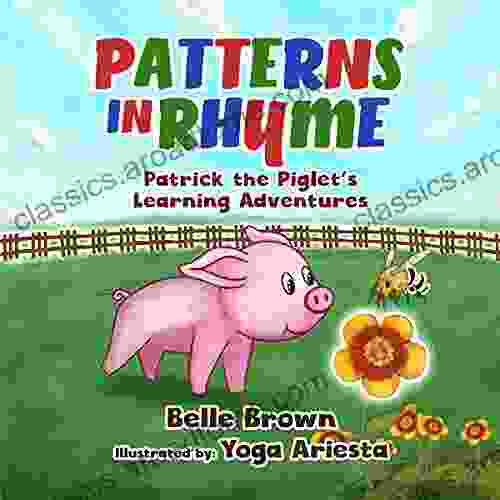In an increasingly diverse and interconnected world, the need for inclusive design has become paramount. Design exclusion, when products, services, or environments are designed without considering the needs of all users, perpetuates inequality and hinders access to opportunities.
5 out of 5
| Language | : | English |
| File size | : | 25279 KB |
| Print length | : | 184 pages |
| Screen Reader | : | Supported |
Human factors and ergonomics play a critical role in countering design exclusion by providing a systematic approach to understanding human capabilities, limitations, and needs. By integrating these principles into design processes, we can create environments and experiences that are accessible, usable, and enjoyable for everyone.
Understanding Human Factors and Ergonomics
Human factors is the study of how humans interact with their environment, including the design of products, systems, and workplaces.
Ergonomics is the application of human factors principles to the design of products and environments to optimize comfort, safety, and performance.
Together, human factors and ergonomics provide a comprehensive framework for understanding the physical, cognitive, and social factors that influence human behavior and performance.
Principles of Inclusive Design
Inclusive design is a design approach that considers the needs of all users, regardless of their age, ability, or background. The following principles guide inclusive design:
- Equity: Ensuring that all users have equal access to and can benefit from the design.
- Flexibility: Providing options and adjustments to accommodate the diverse needs of users.
- Simplicity: Creating designs that are easy to understand and use.
- Perceptibility: Making information and controls visible and accessible.
- Tolerance: Allowing for errors and providing opportunities for users to recover.
Applying Human Factors and Ergonomics to Counter Design Exclusion
Human factors and ergonomics offer a range of methods and tools for designers to identify and address potential sources of exclusion in their designs.
User Research: Conducting user research helps designers understand the needs, preferences, and challenges faced by different user groups.
Accessibility Audits: Accessibility audits evaluate designs against established standards to identify areas where improvements can be made to enhance usability and accessibility.
Ergonomic Assessments: Ergonomic assessments assess the physical demands and risks associated with tasks and environments to identify and mitigate potential health and safety issues.
Prototyping and Evaluation: Prototyping and evaluation involve creating and testing prototypes with users to gather feedback and refine designs to ensure they meet user needs.
Case Studies in Inclusive Design
To illustrate the impact of human factors and ergonomics in countering design exclusion, here are a few case studies:
- Accessible Voting Machines: The design of accessible voting machines has enabled people with disabilities to participate independently in the electoral process.
- Universal Design in Public Spaces: Universal design principles have been applied to public spaces, such as parks and transportation systems, to make them accessible to users with diverse needs.
- Assistive Technology in Education: Assistive technology, such as screen readers and speech recognition software, has revolutionized access to education for students with disabilities.
Benefits of Inclusive Design
Inclusive design not only promotes equity and access but also offers numerous benefits:
- Increased Market Reach: Designing for inclusivity expands the potential user base, increasing market reach and revenue.
- Enhanced Brand Reputation: Brands that demonstrate a commitment to inclusivity gain a positive reputation and build trust with diverse customer groups.
- Improved User Experience: Inclusive designs benefit all users by creating more user-friendly and satisfying experiences.
- Reduced Legal Risks: Complying with accessibility standards and guidelines can mitigate legal risks associated with discrimination.
By embracing human factors and ergonomics, designers can play a transformative role in creating a more inclusive world. The principles and practices outlined in this guide provide a roadmap for countering design exclusion and empowering everyone to participate fully in our society.
Let us harness the power of human-centered design to create environments and experiences that are accessible, equitable, and empowering for all.

























































































